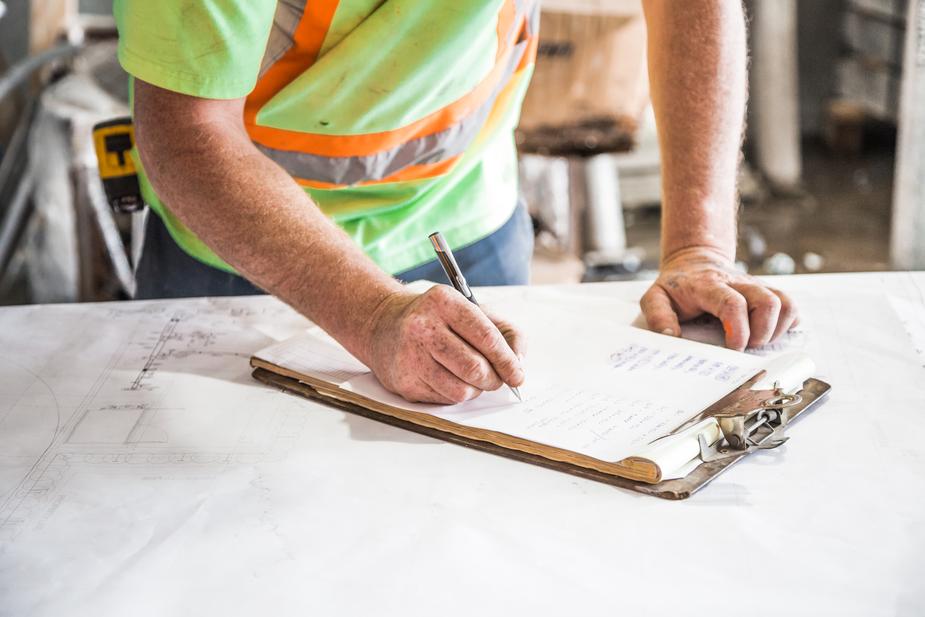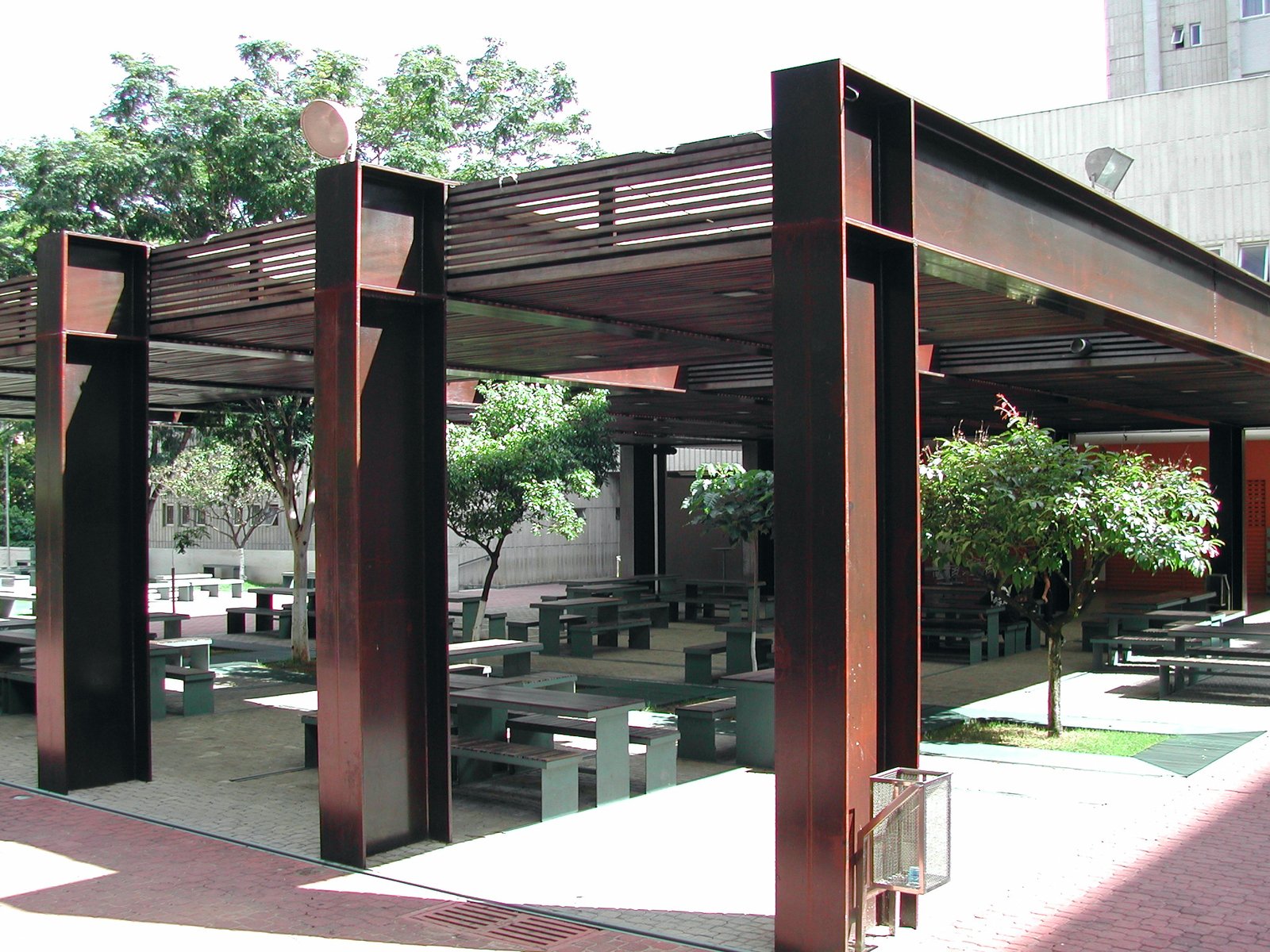Titleist Building Systems is a Full-Service Pre-engineered Buildings provider.
A pre-engineered building (PEB) within structural engineering is a design performed by a PEB supplier or PEB manufacturer, to be manufactured using best-suited inventory of raw supplies available from all sources and manufacturing processes that can efficiently provide a broad range of structural and aesthetic design specifications.
The pre-engineered building method is beneficial. It economically provides for the creation of vast column-free enclosures. The alternative structural framing options, such as mill steel and light gauge metal, use more material and are consequently considerably more costly to build. The best employment for the pre-engineered metal building system includes industrial applications such as complex industrial facilities, warehouses, and distribution centers. This method is used in local stores, shopping malls, hotels, auto dealerships, warehouse complexes, aircraft hangars, sports and recreation facilities as well as schools, libraries, churches, medical facilities and government administration buildings.
Customers often chose Pre-Engineered buildings over conventional buildings for industrial construction because of their fast development. Following is the comparison between a Pre-Engineered building and Conventional Buildings for steel structures, which shows advantages of pre-engineered buildings over conventional structures.


Some Advantages of Pre-engineered buildings
Structure Weight:
Pre-Engineered structures are on the average 30 percent lighter because of the practical use of steel. Fundamental framing segments reduce the built-up section. With the considerable depths in regions of higher stress. Secondary members are lightweight roll make “Z,” or “C” formed members.
Design:
Swift and effective: since PEB’s are primarily formed by regular sections and connections configuration, while time is significantly decreased. Basic design based on universal design codes are used over and over. Specialized computer analysis design applications optimize material needed. Drafting is also computerized using current details to reduce the use of design custom details.
Erection Simplicity:
Since the union of components is standard, the learning curve of erection for each succeeding projects become quicker.
Erection Cost and Time:
Both prices and time of construction are precisely known based upon extensive knowledge with similar buildings. The building process is quicker and much more straightforward with the less demand for equipment.
Seismic Resistance:
The low weight flexible frames offer greater protection to seismic forces.
Cost of Construction:
Price per square foot is usually lower than the conventional construction.
Architecture:
Exceptional architectural design can be accomplished at low cost using conventional architectural specifications and interfaces.
Future Expansion:
Future development is very straightforward and easy.
Safety and Responsibility:
Single source of accountability is there due to the complete job is being performed by one builder.
Performance:
All parts have been designated and explicitly designed to act concurrently as a system for highest performance, precise fit and peak performance in the field.
Building Accessories:
Designed to meet the system with standardized and interchangeable components. Including pre-designed flashing and trims. Building accessories are volume fabricated for economy and are available with the building.
